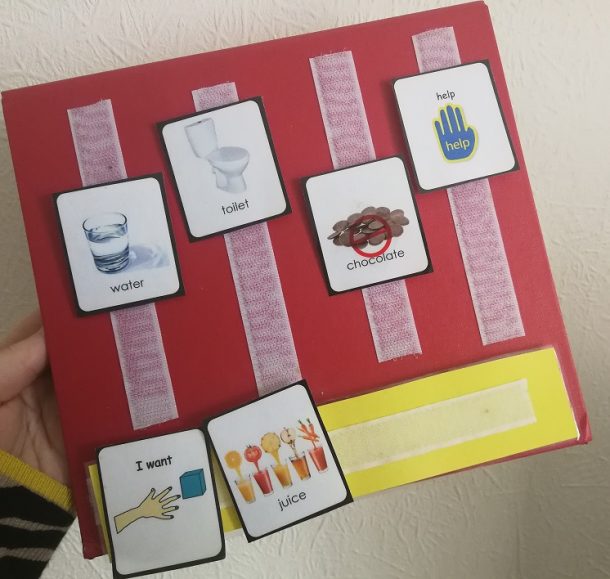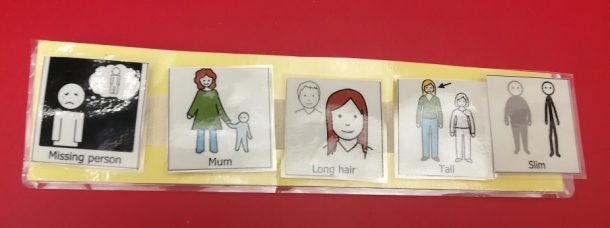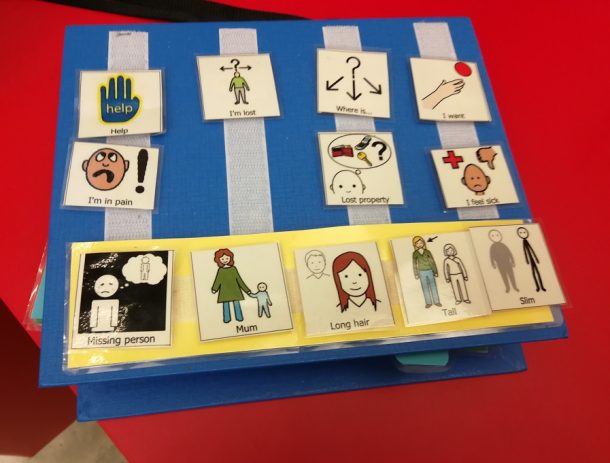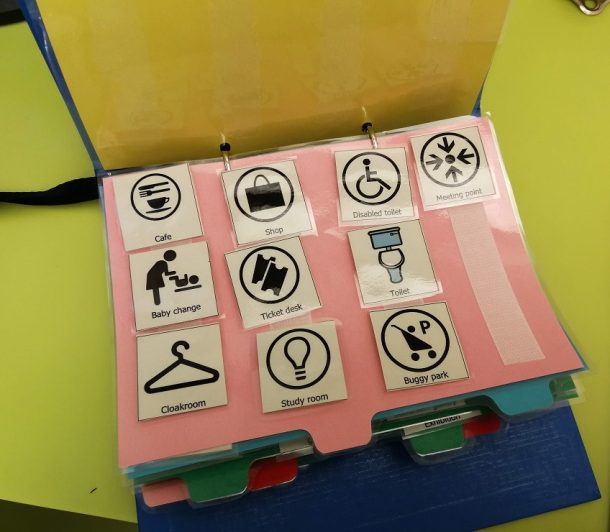Introducing Picture Exchange to the museum
In mid-2018 a young Hungarian child became separated from her family in the museum. I was in the Europe 1600 – 1815 gallery; she was looking around and then suddenly became very distraught and began to cry. Although I’d guessed what was wrong, she could not communicate her situation to me as we didn’t share a language. Luckily her mother had written her phone number on a piece of paper for her, and they were soon reunited.
It’s not always as simple as this. People have different barriers that prevent them from communicating their wants and needs. The incident got me thinking what I could do within my role to better manage situations such as this.
My son is autistic and a few years ago I was introduced to a system called PECS, which stands for Picture Exchange Communication System. As the name suggests, it’s a communication system that incorporates images. It was first developed in the USA in 1985, and it’s now successfully used worldwide.

There are six stages of PECS. People can use single images to communicate their needs, or the yellow strip can be used to build a sentence.

I put forward the idea of a bespoke PECS book for the museum to my manager, and gave him my son’s old PECS book. The idea was well received by ‘the higher ups’, as well as our disability officer, and I quickly went to work on creating one for the V&A.
The V&A PECS book focuses on four different areas: first aid, lost property, missing persons and general directions.

I was able to use V&A images to create a lot of the symbols, alongside a free application called Picto-selector. Picto-Selector provides access to 28,000 images, all of which are either free or available for use under the Creative Commons license. All of these are credited at the back of the PECS book.
The PECS book currently resides in a clearly visible position on the reception desk in our Sackler Centre, just off Exhibition Road Entrance – and staff know it’s there if it’s needed. So far, we have had a lot of positive feedback from visitors. I’m amazed at the number of people who recognize what it is. Other visitors are inquisitive, and my colleagues seem to enjoy explaining its purpose – and so raising awareness of PECS. One colleague told me that she has role played with several younger visitors when explaining it to them, which makes me smile that it gets such a great reaction.



